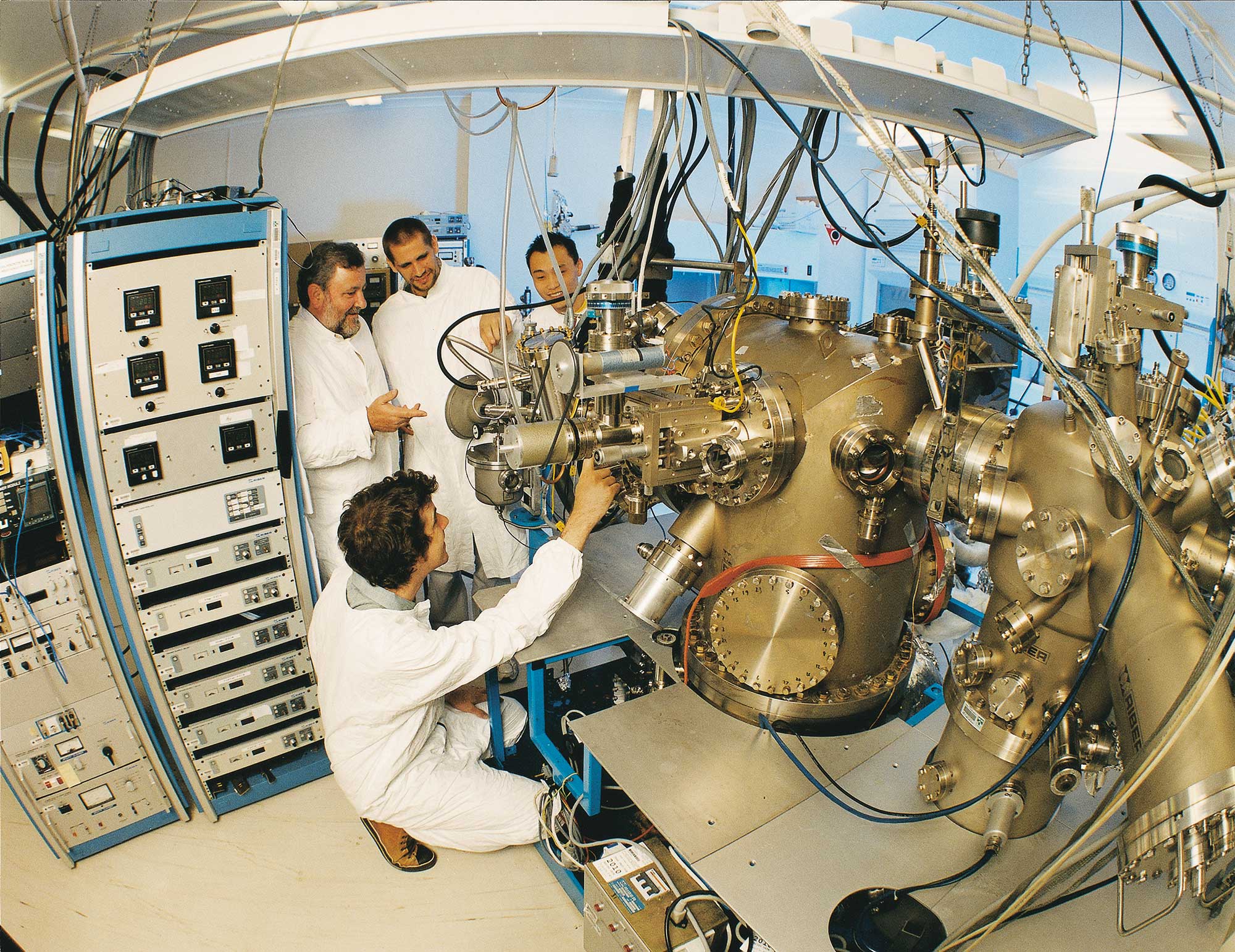
Electroplating uses electrical current to reduce dissolved metal ions from an electrolyte to form a coherent metal coating on a material. The cathode, or part to be plated, and plating metal are immersed in an electrolyte containing dissolved metal salts as well as other ions that permit the flow of electricity. When a current is applied to the electrolyte, the free metal ions move through the solution to the cathode and are reduced to metal, creating a thin metal covering the surface.Electroplating is a common process in the jewellery, automotive, and food industries but it is also highly useful in the production of semi-conducting electronics and optics. Different metals can also be used to grow shims for use in hot embossing and nano-imprint lithography, while they can also help to protect surfaces from aggressive etching processes. Nickel electroplating can also be used to cast PDMS in the creation of fluidic cells.

